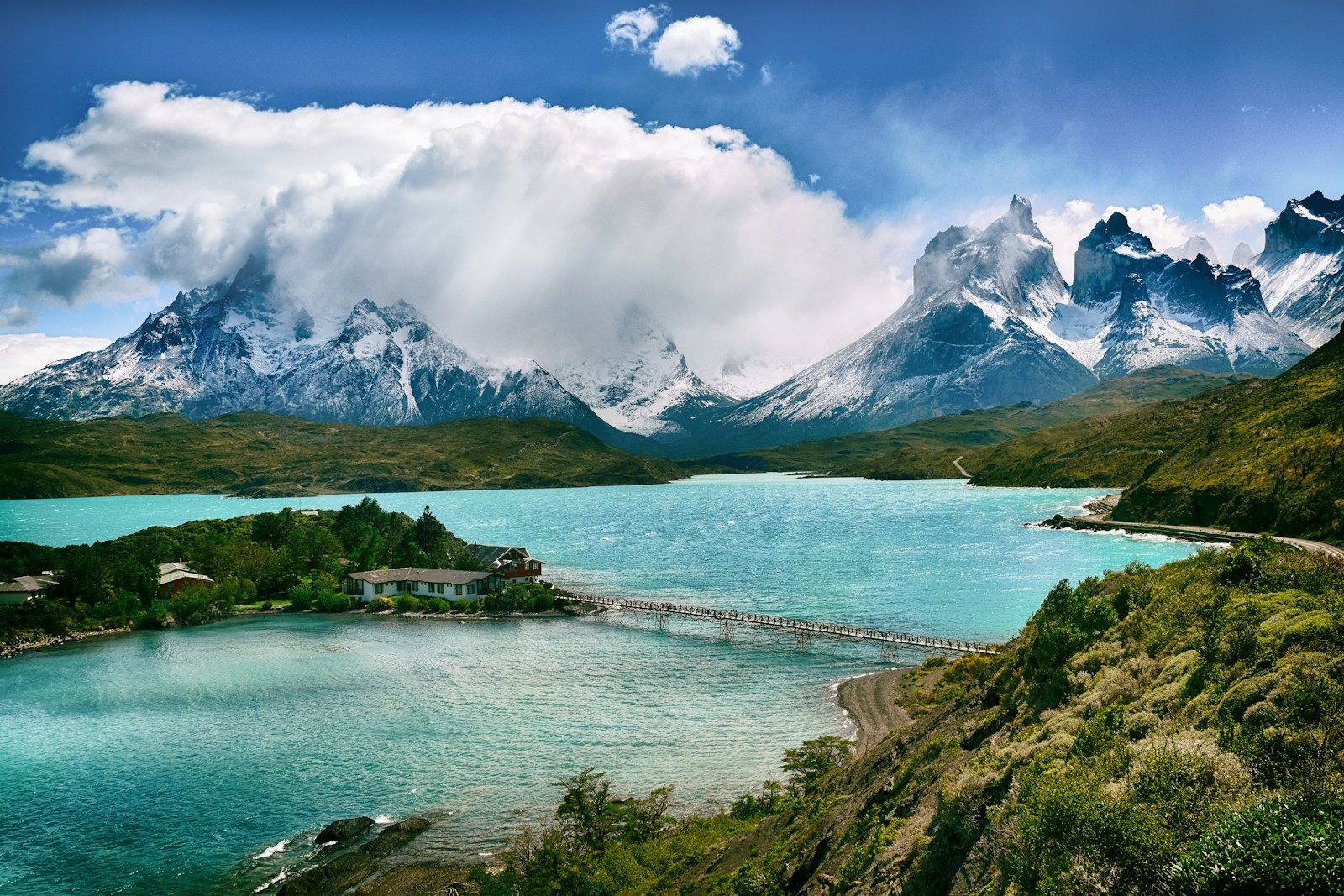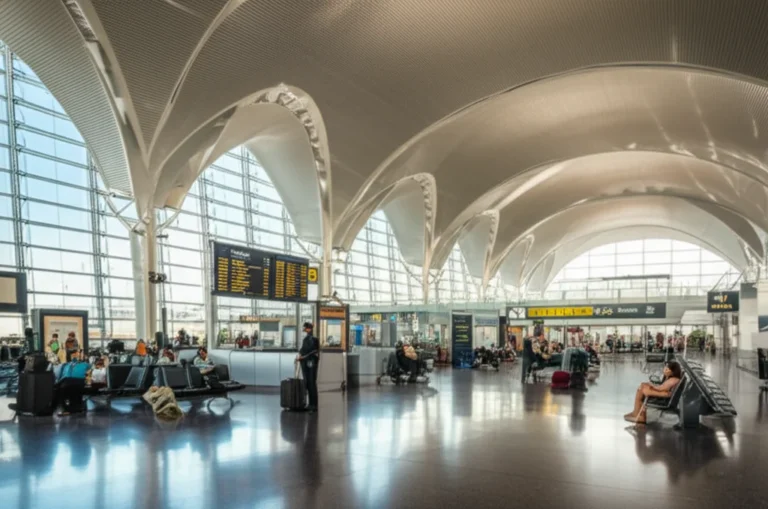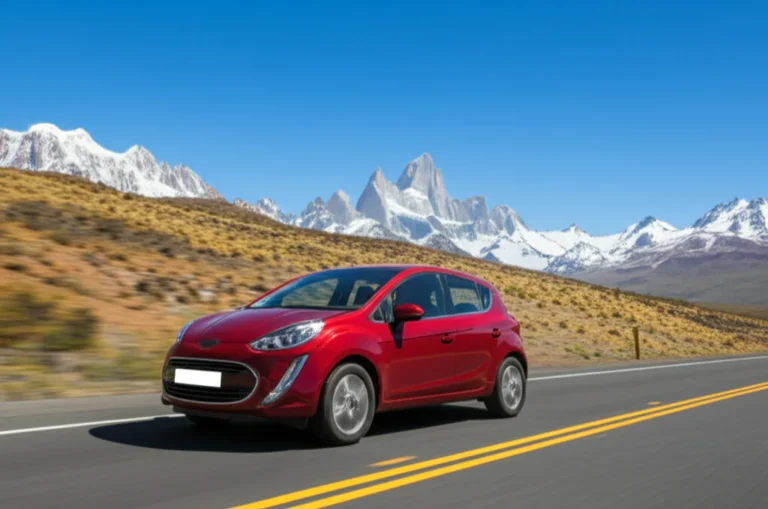Support our educational content for free when you purchase through links on our site. Learn more
39 Essential Chilean Phrases to Master Before Your 2025 Trip 🇨🇱
Planning a trip to Chile and wondering how to break the ice with locals beyond the usual hola and gracias? Trust us, Chilean Spanish is a wild ride—packed with quirky slang, rapid-fire speech, and words that might leave even seasoned Spanish speakers scratching their heads. During our six months exploring from the Atacama Desert to Patagonia, we discovered that mastering just a handful of authentic Chilean phrases instantly transformed our travel experience from touristy to truly local.
Did you know that the word weón can mean “friend,” “idiot,” or simply act as a filler—depending entirely on tone and context? Stick around, because later we’ll unpack this and 38 other must-know phrases, complete with insider tips on pronunciation, cultural nuances, and when to drop the iconic po for that unmistakable Chilean flair. Whether you’re haggling at a Santiago market, ordering a chela with new friends, or navigating the infamous tacos (traffic jams), this guide has got you covered.
Key Takeaways
- Chilean Spanish is unique and fast-paced, so learning local slang like weón, po, and cachai will help you blend in effortlessly.
- Master 39 essential phrases covering greetings, slang, food, socializing, and daily life to navigate Chile like a pro.
- Cultural context matters: some words are friendly among peers but can offend elders—use them wisely!
- Apps like SpanishDict and Moovit are invaluable tools for language learning and getting around.
- Practice the Chilean accent and intonation to sound natural and avoid common mistakes.
Ready to dive deeper? Scroll down to explore the full list of phrases and insider tips that will make your Chilean adventure unforgettable!
👉 Shop Hiking Boots for Chile’s Terrain:
Download Essential Language Apps:
Table of Contents
- ⚡️ Quick Tips and Facts for Chilean Spanish Newbies
- 📜 Decoding Chilean Spanish: A Brief Linguistic Journey into “Chilenismos”
- 🗣️ Everyday Essentials & Greetings: Your First Steps to Sounding Like a Local
- 1. ¡Hola! ¿Cómo estás? (Hello! How are you?)
- 2. Por favor y Gracias (Please and Thank You)
- 3. Permiso / Con Permiso (Excuse Me / With Your Permission)
- 4. Lo siento / Disculpa (I’m Sorry / Excuse Me)
- 5. ¿Cuánto cuesta? (How much does it cost?)
- 6. ¿Dónde está…? (Where is…?)
- 7. Sí / No (Yes / No)
- 8. No entiendo (I don’t understand)
- 9. ¿Hablas inglés? (Do you speak English?)
- 💬 Navigating Chilean Slang & Colloquialisms: The Heart of “Chilenismos”
- 10. “Weón/Weona”: The Ubiquitous Chilean Filler Word (and How to Use It Wisely)
- 11. “Hueá”: The All-Purpose Noun/Expletive (Seriously, It’s Everything)
- 12. “Po”: The Little Word That Adds Emphasis (and Chilean Charm)
- 13. “Cachai?”: Do You Get It? The Chilean “Ya Know?”
- 14. “Bacán,” “Pulento,” “Filete,” “La Raja”: Saying Something’s Absolutely Awesome!
- 15. “Qué Lata”: Expressing Disappointment or Boredom (The Chilean Way)
- 16. “Qué Fome”: When Something’s Just Plain Boring or Lame
- 17. “Piola”: Keeping it Low-Key or Chill (Our Favorite Vibe)
- 18. “Al Toque” & “Al Tiro”: Doing Something Immediately (No Delays!)
- 19. “Caleta”: When There’s a Ton of Something (Quantity Overload!)
- 20. “Aperrao”: Showing Grit and Determination (The True Chilean Spirit)
- 21. “Cuático” & “Brígido”: Describing Intense, Crazy, or Difficult Situations
- 22. “Flaite”: A Term to Understand, But Definitely Not to Use (Social Commentary)
- 23. “Cuico”: Understanding Social Strata (and Avoiding Offence)
- 🍽️ Food, Drink & Socializing: Essential Phrases for Chilean Fun
- 24. “Once”: The Quintessential Chilean Afternoon Tea Tradition
- 25. “Carrete”: The Chilean Party Scene (Get Ready to Dance!)
- 26. “Chelear”: Grabbing a Cold One (Beer O’Clock!)
- 27. “Copete”: Your Go-To for Any Alcoholic Drink
- 28. “Caña”: The Morning After (Dealing with a Hangover)
- 29. “Curao/Curá”: When You’ve Had Too Much (Tipsy or Drunk)
- 30. “Pito”: More Than Just a Whistle (Context is Key!)
- 31. “Cabros”: Calling Your Friends (Guys and Gals, All Inclusive!)
- 32. “Pololo/a”: More Than Just a Boyfriend/Girlfriend (A Deeper Connection)
- 🚶♀️ Getting Around & Daily Life: Practical Phrases for Your Chilean Adventure
- 33. “La Micro”: Navigating Public Transport Like a Pro
- 34. “Taco”: Not Just for Eating – It’s Traffic! (Avoid the Gridlock)
- 35. “A Pata”: Getting Around on Foot (Embrace the Walk!)
- 36. “Luca”: Your Go-To for a Thousand Pesos (Money Talk Made Easy)
- 37. “Pega”: Your Job or Work (Daily Grind, Chilean Style)
- 38. “Tuto”: Feeling Sleepy (Time for a Siesta?)
- 39. “Mechón”: The Freshman Experience (University Life in Chile)
- 🤔 Why Chilean Spanish is So Unique: A Deep Dive into “Chilenismos” and Their Origins
- 🗣️ Mastering the Chilean Accent: Tips for Pronunciation and Intonation
- ❌ Common Mistakes & How to Avoid Them When Speaking Chilean Spanish
- 🤫 Beyond Words: Understanding Chilean Non-Verbal Communication and Gestures
- 📱 Essential Apps & Resources for Language Learners in Chile
- ✨ Conclusion: Your Chilean Spanish Adventure Awaits!
- 🔗 Recommended Links for Your Chile Trip
- 📚 Reference Links & Further Reading
⚡️ Quick Tips and Facts for Chilean Spanish Newbies
| Quick-Fire Fact | What It Means | Pro Tip from Chile Vacay™ |
|---|---|---|
| Chilean Spanish ≠ textbook Spanish | Locals speak rápido and drop final s sounds. | Slow them down with “¿Puedes hablar más lento, porfa?” |
| “Po” is your new best friend | A tiny word tacked on for emphasis. | Use “Sí, po” instead of plain “Sí” to sound 10 % more Chilean. |
| Weón is… complicated | Can mean mate, idiot, or just “um”. | Never use it with elders unless you want side-eye. |
| Luca = 1,000 pesos | Prices are quoted in lucas at markets. | Memorise: “¿Cuánto vale?” → “Cinco lucas”. |
| Google Translate fails here | Slang breaks the algorithm. | Download the SpanishDict app (iOS |
Still wondering how to ask for directions to the top tourist attractions to see in Chile without sounding like a robot? Stick around—our phrase arsenal is coming up next!
📜 Decoding Chilean Spanish: A Brief Linguistic Journey into “Chilenismos”
Ever heard a Chilean say “Estoy aperrao” and wondered if they’d turned into a dog? 🐕 You’re not alone. Chilean Spanish—nicknamed castellano de Chile—is a linguistic cocktail shaken by:
- Mapuche roots (weón may come from weün, “brother”).
- 19th-century English sailors who left words like overol (overalls).
- Italian immigrants who softened consonants, giving us “po” from pues.
The result? A dialect so unique that even native Spanish speakers from Mexico or Spain need subtitles. But here’s the kicker: master 30–40 key phrases and locals will treat you like a cabro (mate) who grew up next door.
🗣️ Everyday Essentials & Greetings: Your First Steps to Sounding Like a Local
1. ¡Hola! ¿Cómo estás? (Hello! How are you?)
Drop the robotic “Hola, señor” and go for:
- ¿Cómo estai? (informal, dropping the s)
- ¿Cómo andai? (even chiller, literally “how are you walking?”)
We once greeted a vieja (elderly lady) in Valparaíso with “¿Cómo andai, tía?”—she laughed so hard she gave us free sopaipillas. True story.
2. Por favor y Gracias (Please and Thank You)
- Porfa = the ultra-casual por favor.
- Gracias, po = adds warmth; use it when someone holds la micro door for you.
3. Permiso / Con Permiso (Excuse Me / With Your Permission)
In packed Santiago tacos, shoulder-tap and say “Permiso, po” to glide through like a local salmon.
4. Lo siento / Disculpa (I’m Sorry / Excuse Me)
- Disculpa = bumping into someone.
- Lo siento mucho = stepping on a cabro’s toe on the dance floor.
5. ¿Cuánto cuesta? (How much does it cost?)
Follow up with “¿Me das un mejor precio?” for haggling at Feria Artesanal de Santa Lucía.
6. ¿Dónde está…? (Where is…?)
Pro-tip: add “…la micro para Bellavista?” and watch locals point you to the right bus stop.
7. Sí / No (Yes / No)
- Sipo / Nopo = sí, po and no, po.
- Use “nopo” sparingly—it can sound dismissive.
8. No entiendo (I don’t understand)
Pair with a sheepish grin and “¿Puedes repetir?” for instant sympathy.
9. ¿Hablas inglés? (Do you speak English?)
In Patagonia hostels, 50 % will say “un poquito”. In rural Chiloé, 5 % will. Plan accordingly.
💬 Navigating Chilean Slang & Colloquialisms: The Heart of “Chilenismos”
10. “Weón/Weona”: The Ubiquitous Chilean Filler Word (and How to Use It Wisely)
Definition: mate / dude / idiot / thing (context is king).
Usage guide:
| Context | Example | Translation |
|---|---|---|
| Friends | “Oye, weón, ¿vamos al carrete?” | “Dude, party?” |
| Anger | “¡Weón, qué te pasa!” | “Dude, what’s your problem!” |
| Object | “Pásame el weón ese” | “Pass me that thingy.” |
Rule: Only use with peers. Never with your Airbnb host’s grandma.
11. “Hueá”: The All-Purpose Noun/Expletive (Seriously, It’s Everything)
From la hueá (the thing) to ¡Qué hueá! (WTF!). We once heard a guía describe a flat tyre as “una hueá cuática”—a crazy thing.
12. “Po”: The Little Word That Adds Emphasis (and Chilean Charm)
Think of po as verbal seasoning. Sprinkle, don’t pour.
Example: “Claro, po, vamos a Adventure Travel en la cordillera.”
13. “Cachai?”: Do You Get It? The Chilean “Ya Know?”
End every other sentence with “¿Cachai?” and nod knowingly. It’s like linguistic glue.
14. “Bacán,” “Pulento,” “Filete,” “La Raja”: Saying Something’s Absolutely Awesome!
All mean “awesome,” but ranked by coolness:
| Word | Coolness Level | Example |
|---|---|---|
| Bacán | 😎 | “Tu mochila es bacán.” |
| Pulento | 😎😎 | “El asado estuvo pulento.” |
| Filete | 😎😎😎 | “Filete el tour de vinos.” |
| La raja | 😎😎😎😎 | “¡La raja tu foto en Torres del Paine!” |
15. “Qué Lata”: Expressing Disappointment or Boredom (The Chilean Way)
When your Budget Travel bus breaks down: “Qué lata, po.”
16. “Qué Fome”: When Something’s Just Plain Boring or Lame
Opposite of bacán. Use liberally for cancelled flights.
17. “Piola”: Keeping it Low-Key or Chill (Our Favorite Vibe)
“Vamos a estar piola en la playa.” = Let’s chill at the beach.
18. “Al Toque” & “Al Tiro”: Doing Something Immediately (No Delays!)
- Al toque = right now.
- Al tiro = straight away.
Both will save you when the last micro is leaving.
19. “Caleta”: When There’s a Ton of Something (Quantity Overload!)
“Hay caleta de gente en el mercado.” (There’s a boatload of people.)
20. “Aperrao”: Showing Grit and Determination (The True Chilean Spirit)
After hiking 20 km in Patagonia, you’ll feel aperrao—and locals will salute you.
21. “Cuático” & “Brígido”: Describing Intense, Crazy, or Difficult Situations
- Cuático = intense/crazy.
- Brígido = tough/dangerous.
Use after surviving the taco on Avenida Vicuña Mackenna.
22. “Flaite”: A Term to Understand, But Definitely Not to Use (Social Commentary)
Refers to lower-class stereotypes. Never direct it at a person. Just recognise it when you overhear it.
23. “Cuico”: Understanding Social Strata (and Avoiding Offence)
Means “posh” or “snobby.” Say *“Zona cuica” to describe Las Condes. Again, use neutrally.
🍽️ Food, Drink & Socializing: Essential Phrases for Chilean Fun
24. “Once”: The Quintessential Chilean Afternoon Tea Tradition
Not eleven o’clock—once is tea time (5–8 pm). Accept every invite; you’ll get pan con palta and stories.
25. “Carrete”: The Chilean Party Scene (Get Ready to Dance!)
- “Vamos de carrete” = Let’s party.
- Bring a botella de copete (bottle of booze) to win friends.
26. “Chelear”: Grabbing a Cold One (Beer O’Clock!)
From chela (beer). “Pillamos una chela?” = Fancy a beer?
27. “Copete”: Your Go-To for Any Alcoholic Drink
Generic term. “Trae copete para el carrete.”
28. “Caña”: The Morning After (Dealing with a Hangover)
“Tengo caña brutal” = I have a killer hangover. Cure with mote con huesillo.
29. “Curao/Curá”: When You’ve Had Too Much (Tipsy or Drunk)
- Curado = tipsy.
- Curao = drunk.
Use responsibly.
30. “Pito”: More Than Just a Whistle (Context is Key!)
In a bar, pito = shot. At a football match, it’s a referee’s whistle. Don’t mix them up.
31. “Cabros”: Calling Your Friends (Guys and Gals, All Inclusive!)
Gender-neutral. “Los cabros del hostel” = the hostel gang.
32. “Pololo/a”: More Than Just a Boyfriend/Girlfriend (A Deeper Connection)
Implies exclusivity. If you’re pololeando, you’re officially dating. No ghosting allowed.
🚶♀️ Getting Around & Daily Life: Practical Phrases for Your Chilean Adventure
33. “La Micro”: Navigating Public Transport Like a Pro
Short for microbús. Say “Sube al micro” to hop on. Pro-tip: sit up front for views, back for speed.
34. “Taco”: Not Just for Eating – It’s Traffic! (Avoid the Gridlock)
Rush hour in Santiago = taco monumental. Use Moovit app (iOS | Android) to dodge it.
35. “A Pata”: Getting Around on Foot (Embrace the Walk!)
“Vamos a pata” = Let’s walk. Santiago’s hills are steep—pack Merrell Moab 3 or Salomon X Ultra 4 boots.
36. “Luca”: Your Go-To for a Thousand Pesos (Money Talk Made Easy)
Markets quote prices in lucas. 5 lucas = 5,000 CLP. Easy math.
37. “Pega”: Your Job or Work (Daily Grind, Chilean Style)
“En la pega” = at work. Digital nomads, check Selina Santiago for co-working vibes.
38. “Tuto”: Feeling Sleepy (Time for a Siesta?)
“Tengo tuto” = I’m sleepy. Perfect excuse for a post-once nap.
39. “Mechón”: The Freshman Experience (University Life in Chile)
If you’re visiting in March, you’ll see mechones in coloured overalls doing initiation games. Join the fun—just don’t wear your best clothes.
🤔 Why Chilean Spanish is So Unique: A Deep Dive into “Chilenismos” and Their Origins
Chile’s linguistic DNA is wild. Imagine a Mapuche verb mating with a 19th-century English sailor’s slang, then raising the baby on Italian lullabies. That’s Chilenismos. Key mutations:
- Phonetic dropouts: Final s disappears (más → má).
- Borrowed nouns: Overol (overalls), chutar (to shoot, from English shoot).
- Diminutive overload: -ito/-ita everywhere (cafecito, amiguito).
Fun fact: The Royal Spanish Academy officially added weón to its dictionary in 2019 (source). Respect.
🗣️ Mastering the Chilean Accent: Tips for Pronunciation and Intonation
| Sound | Standard Spanish | Chilean Twist | Practice Sentence |
|---|---|---|---|
| y/ll | like yellow | sh or j | “Yo llamo” → “Sho jamo” |
| ch | chair | sharper tch | “Chile” → “Tchile” |
| Final s | pronounced | dropped | “Más o menos” → “Má o meno” |
Pro tip: Mimic the melody—sentences rise at the end like a question even when they’re statements. Watch the #featured-video above for native intonation drills.
❌ Common Mistakes & How to Avoid Them When Speaking Chilean Spanish
- Overusing “tú” with strangers → Use “usted” until invited otherwise.
- Misusing “weón” → See Section 10.
- Saying “adiós” to shopkeepers → Use “chao” or “nos vemos”; adiós feels final.
- Pronouncing “rr” like a motorbike → Chilean rr is softer; think “peRRo” not “peRRRRRRo”.
- Forgetting the “po” → It’s the difference between “sí” (robot) and “sí, po” (local).
🤫 Beyond Words: Understanding Chilean Non-Verbal Communication and Gestures
- The eyebrow raise = ¿Cachai? (You get me?)
- Kissing on the cheek (right cheek first) is standard greeting—even in business.
- Pointing with lips instead of fingers. Yes, really.
- Hand flick under chin = “No sé” (I don’t know).
📱 Essential Apps & Resources for Language Learners in Chile
| App | Why You Need It | Download |
|---|---|---|
| SpanishDict | Best weón-proof dictionary | iOS |
| Moovit | Real-time micro schedules | iOS |
| Memrise Chilean Spanish | Slang flashcards | Official |
| Google Translate camera | Scan menus instantly | iOS |
Ready to sound like a cabro who’s been sipping chelas in Santiago since 1998? Scroll up to the TOC and jump to any section you missed.
✨ Conclusion: Your Chilean Spanish Adventure Awaits!
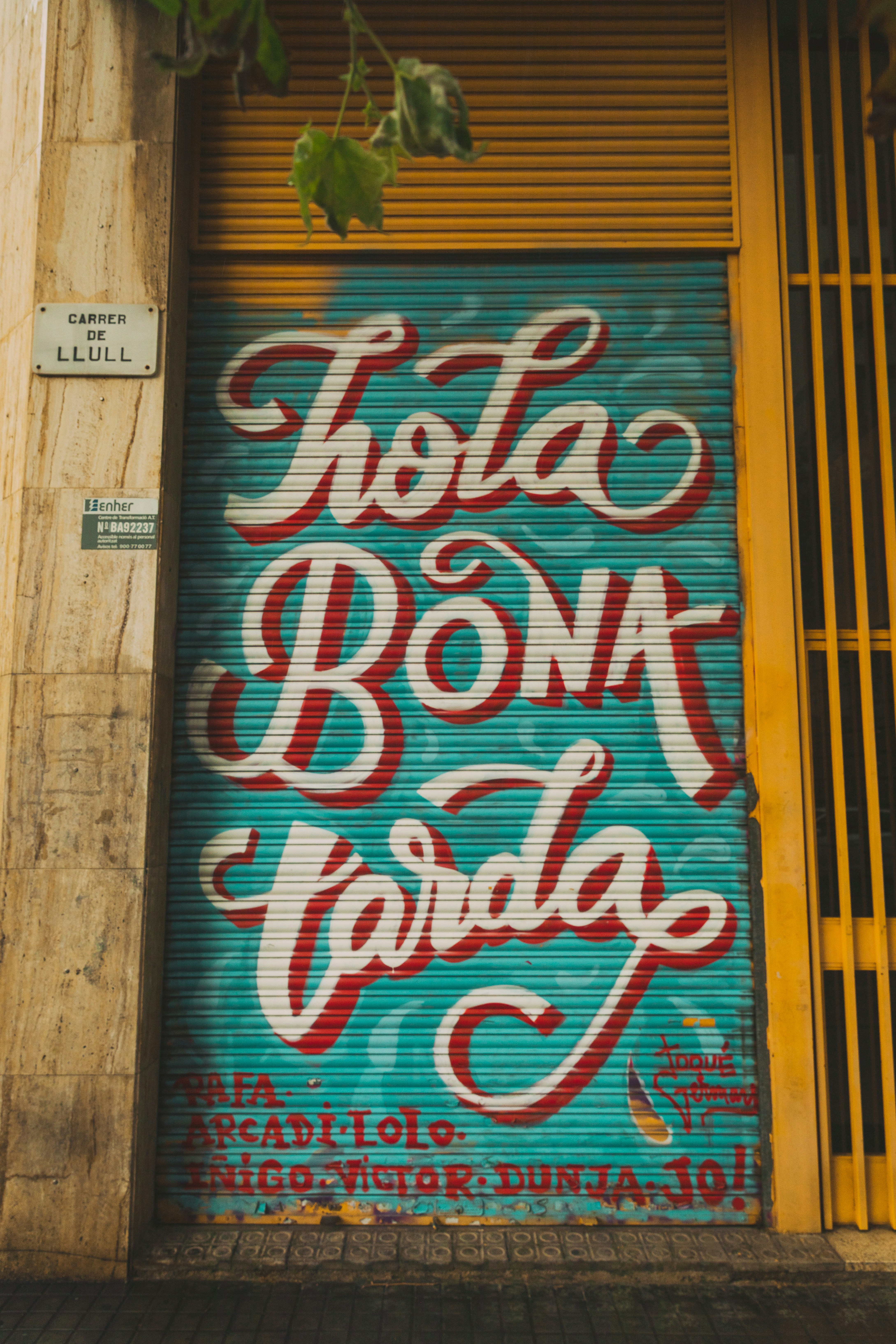
Phew! If you’ve made it this far, you’re well on your way to mastering the quirks, charms, and downright fun of Chilean Spanish. From the ubiquitous weón to the subtle power of po, these phrases and slang are your golden ticket to blending in, making friends, and unlocking authentic Chilean experiences that no guidebook can offer.
Remember, Chilean Spanish isn’t just about words—it’s a cultural dance of rhythm, gestures, and local flavor. Don’t be afraid to stumble, laugh at yourself, and ask “¿Cachai?” often. Locals appreciate the effort, and you’ll find doors (and hearts) opening wide.
So, whether you’re ordering a chela at a carrete, navigating the micro through Santiago’s tacos, or sharing once with new cabros, you’re equipped to dive deep into Chile’s vibrant culture.
Ready to impress your new Chilean friends? Time to practice, pack your bags, and say: “¡Vamos, po!”
🔗 Recommended Links for Your Chile Trip
- SpanishDict App: iOS | Android
- Moovit Public Transport App: iOS | Android
- Memrise Chilean Spanish Course: Official Site
- Google Translate: iOS | Android
- Merrell Moab 3 Hiking Boots: Amazon
- Salomon X Ultra 4 Hiking Shoes: Amazon
- Selina Santiago (Co-working & Hostels): Booking.com
- Book: Lonely Planet Chile & Easter Island – Your ultimate travel companion for exploring Chile’s diverse landscapes. Amazon
- Book: Streetwise Spanish (Chile Edition) – Slang and practical phrases for travelers. Amazon
❓ Frequently Asked Questions (FAQ)
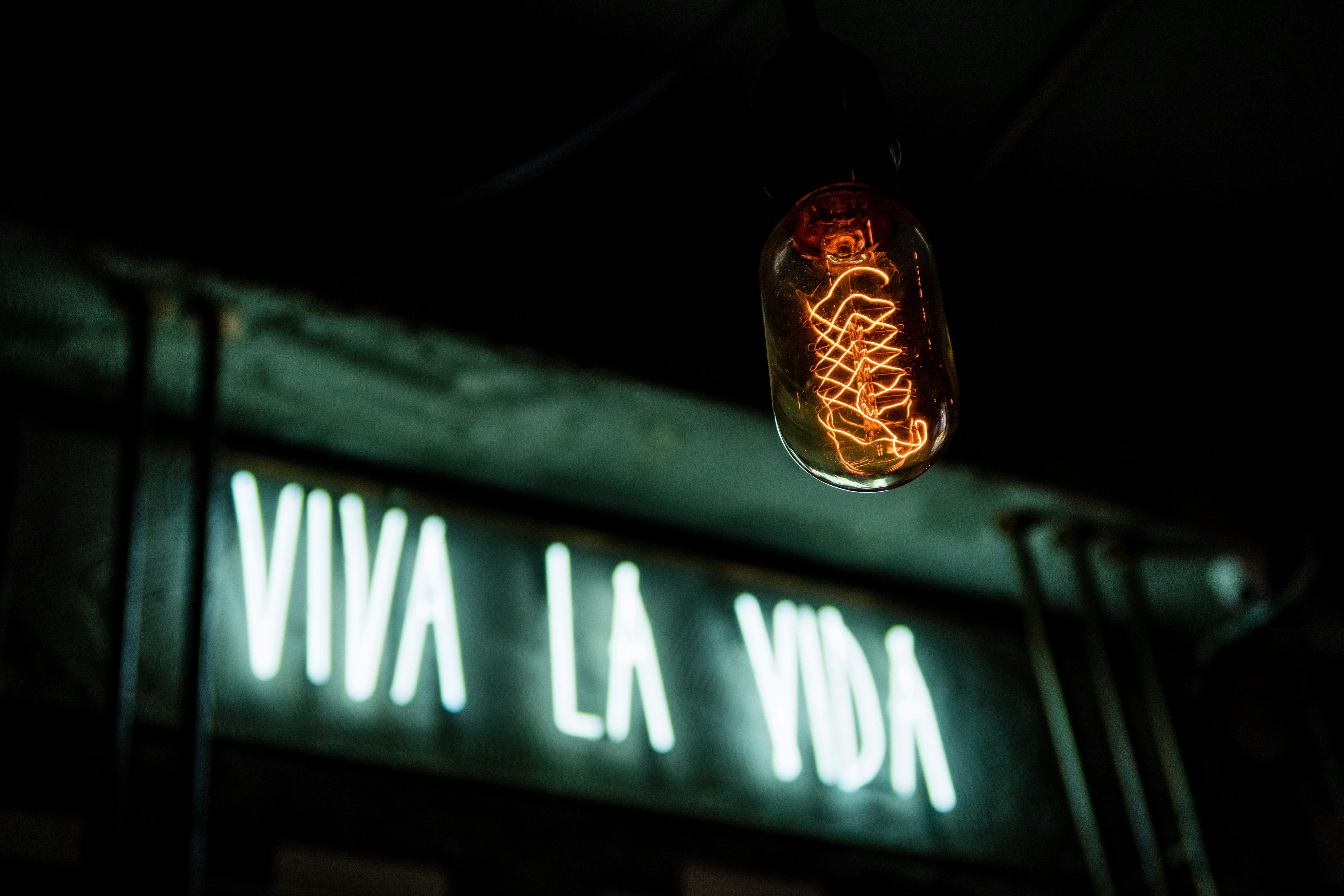
What are some basic Spanish phrases that are commonly used in Chile and can help me communicate with locals?
Basic greetings and polite expressions go a long way. Start with:
- “Hola, ¿cómo estai?” (Hello, how are you?)
- “Porfa” (please) and “gracias, po” (thank you) to sound friendly.
- “¿Dónde está…?” (Where is…?) for directions.
- “No entiendo” (I don’t understand) to ask for patience.
- “¿Hablas inglés?” (Do you speak English?) when in a pinch.
Adding Chilean slang like “cachai?” (you get it?) or “po” at the end of sentences will make you sound more natural and endearing. Remember, locals appreciate when you try—even if imperfect!
How do I pronounce Chilean Spanish words correctly, and are there any regional dialects I should be aware of?
Chilean Spanish is famously fast and drops certain sounds:
- The final s often disappears (más → má).
- The ll and y sounds are pronounced like sh or j (e.g., “yo” sounds like “sho”).
- Intonation often rises at the end of statements, making them sound like questions.
Regional dialects exist: northern Chile has a slightly different accent than Santiago or southern Patagonia. But the biggest challenge is the speed and slang. Practice listening to Chilean podcasts or YouTube channels to tune your ear.
What are some essential phrases to know when dining out or shopping in Chile, such as ordering food or asking for prices?
Dining and shopping phrases include:
- “Una mesa para dos, por favor” (A table for two, please).
- “¿Tiene menú?” (Do you have a menu?).
- “¿Cuánto cuesta?” (How much does it cost?).
- “La cuenta, por favor” (The bill, please).
- “¿Tienen comida vegetariana?” (Do you have vegetarian food?).
- “Buen provecho” (Enjoy your meal) is a polite phrase to say before eating.
When shopping, use “¿Me das un mejor precio?” to politely ask for a discount. Remember, “luca” means 1,000 pesos, so prices might be quoted in lucas.
Are there any cultural or language nuances I should be mindful of when interacting with Chileans, to avoid unintentionally offending someone or to show respect?
Absolutely! Here are some key points:
- Use “usted” instead of “tú” when addressing elders or in formal situations.
- Avoid overusing weón unless you’re sure of the context and relationship.
- Saying “adiós” in shops can sound abrupt; prefer “chao” or “nos vemos”.
- Chileans often greet with a single cheek kiss, even in business settings—be prepared!
- Non-verbal cues like eyebrow raises or lip-pointing are common; observe and mirror politely.
- Be patient with the fast pace and slang-heavy speech; locals admire your effort to learn.
How can I effectively learn and practice Chilean Spanish before my trip?
Immersion is key! Besides apps like SpanishDict and Memrise, try:
- Watching Chilean TV shows or YouTube channels (e.g., “El Club de la Comedia”).
- Listening to Chilean music genres like cueca or cumbia.
- Practicing with language exchange partners on platforms like Tandem or HelloTalk.
- Reading Chilean news sites like La Tercera.
Don’t shy away from making mistakes—Chileans are famously warm and will help you along.
What should I do if I get stuck understanding Chilean slang or fast speech while traveling?
Don’t panic! Here’s the game plan:
- Politely ask: “¿Puedes repetir más despacio, porfa?” (Can you repeat more slowly, please?).
- Use translation apps with offline Spanish packs.
- Write down new slang words and look them up later.
- Smile and use body language; Chileans are patient and love teaching their slang.
- Join local tours or homestays where you can practice in a relaxed environment.
📚 Reference Links and Further Reading
- Royal Spanish Academy on weón: rae.es
- Evan Quarnstrom’s Essential Chilean Slang: evanquarnstrom.com
- On My Canvas Chile Travel Guide 2025 [From My 6-Month Solo Chile Trip]: onmycanvas.com
- SpanishDict Language Resources: spanishdict.com
- Moovit Public Transport App: moovitapp.com
- Memrise Language Learning Platform: memrise.com
- Lonely Planet Chile & Easter Island Guide: lonelyplanet.com
For more insider tips and travel inspiration, explore our Destinations, Budget Travel, and Adventure Travel categories at Chile Vacay™.
Ready to dive into Chile’s vibrant culture with confidence? ¡Buena suerte y buen viaje! 🌎✈️
